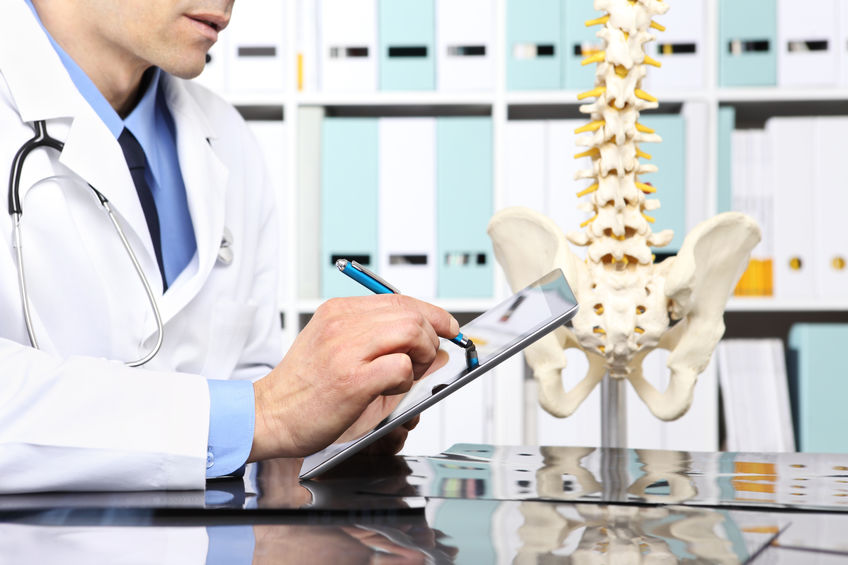Fibroids Be Gone
Uterine fibroids are noncancerous growths in the uterus that typically appear during the childbearing years. Although growths are often asymptomatic, fibroids can interfere with the implantation of an embryo for women trying to get pregnant. Hysteroscopy is a surgery performed using a hysteroscopic resectoscope and an electrosurgical wire loop to remove the fibroid. Properly managing recovery after the surgery can set patients up for success.
Types of fibroids
There are 3 main types of uterine fibroids. Intramural fibroids develop in the muscular uterine wall. Submucosal fibroids bulge into the uterine cavity but are relatively rare. Subserosal fibroids push outside the uterus into the pelvis and are the most common type of fibroid. Most fibroids do not cause any symptoms, but for some individuals, the growths can cause excessive or painful bleeding during or between periods, pain during sex, a feeling of fullness in the lower abdomen, frequent urination, and low back pain.
When removal is needed
Most women opting for fibroid removal do so to improve fertility. Fibroids, especially if there are more than 1-2, can take up significant uterine space and inhibit implantation. Another common reason to have surgery is when the symptoms, such as excessive bleeding, start interfering with everyday life. Ultimately, the patient and the doctor can work together to weigh the risk and benefits of surgery and determine if a hysteroscopy is needed. For women opting for surgery, certain tips can help ensure a smooth recovery.
1. Manage pain with medication
After the procedure, a patient may experience cramps, discharge, or light bleeding for a few days. While slightly uncomfortable, the pain is usually manageable with over-the-counter (OTC) pain medications. Remember to take the medication exactly as directed by the doctor to minimize any post-op discomfort. A heating pad or hot water bottle can also offer some relief for women experiencing persistent cramps.
2. Stock up on pads
Since some light bleeding is expected, having pads on hand is a good idea. Using pads is especially important after surgery, as most doctors recommend not inserting anything like a tampon into the vagina to prevent infection.
3. Temporarily avoid sex
After a hysteroscopy, sex should typically be avoided for at least 2 weeks. Douching and tampon use are also typically discouraged. If pregnancy plans are in the works, ask the doctor how long to wait before trying to conceive (TTC) again.
A smooth recovery
Recuperating from a hysteroscopy doesn’t have to be difficult. Keep on track with pain medications and follow post-op instructions from the doctor for the best results. Many women happily report reduced pain and increased fertility following fibroid removal surgery.




